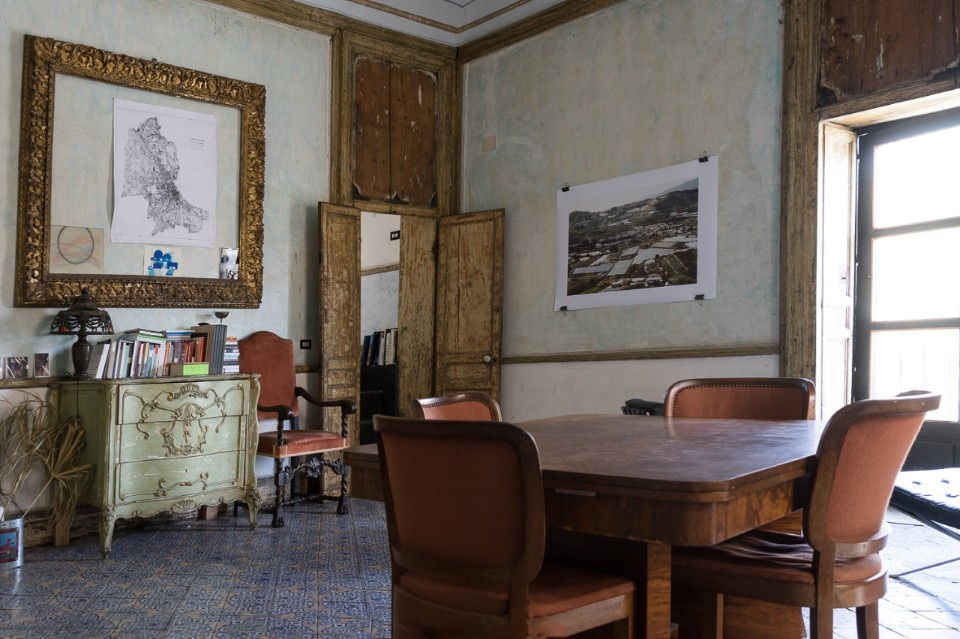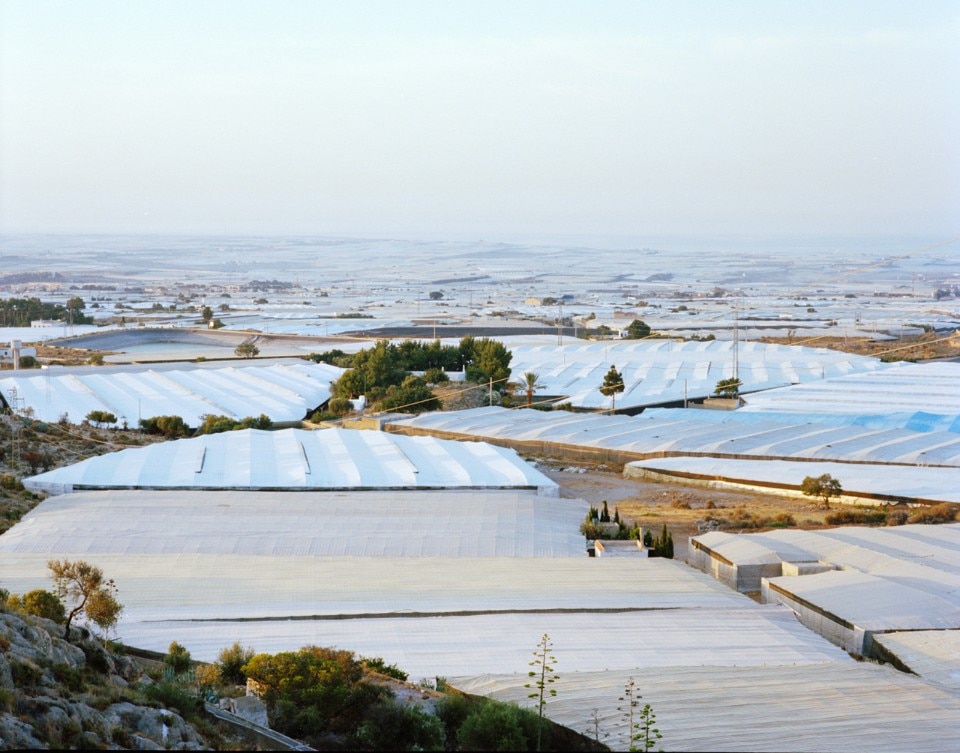“My research began in Liguria, on the “Riviera of Flowers”. I have always been fascinated by the intense morphology of my region, and the relationship between greenhouse architecture and the landscape”.
“Invernaderos” is the result of the photographic study that Gaia Cambiaggi has been carrying out since 2013. Curated by Emilia Giorgi, the exhibition held in Studio Gibel in Palermo was inaugurated together with Manifesta 12, the travelling art biennial which examines the themes of biodiversity and migration, of citizenship and co-habitation.

 View gallery
View gallery




























The artist began in Italy to then move on to Spain and the Netherlands, highlighting the peculiarities of the landscape and the economic and political situation in the places visited. “One of the most interesting areas for greenhouse farming is Almeria, to the south of the Spanish peninsula, where there is an area known as the “mar de plástico”. The territory is completely covered in these structures, which are used mainly for farming. It is a form of extreme violence on the landscape. In the Netherlands the situation is completely different. There is more respect for the landscape, but a very high density of greenhouses. Again, here there are entire regions which are covered with this rural architecture”.

 View gallery
View gallery
From above, the agricultural constructions look like an indistinct white blob. Monotonous architecture covers and cancels the landscape and its complexity. The photographic project develops various levels of analysis: the anthropisation of the land, geopolitical questions which determine a number of material conditions and themes tied to biodiversity and agriculture. “The images from inside show unexpected conditions: when one enters a greenhouse full of flowers, one expects a pleasant fragrance, but in reality, it stinks of alcohol. In order to keep the insemination pure, everything is disinfected, and the pollens are separated and collected with bags and pincers. The greenhouses are very sterile places. I am very interested by this constriction of the plant world in such an organised manner.

The landscapes shown by Cambiaggi are juxtaposed with those celebrated by Manifesta 12. Purity versus hybrids, normalisation versus diversity, order versus chaos. The photographs are cues for reflection on actual political, economic and social trends in the European Union. Just as for the many exhibitions in Manifesta 12, “Invernaderos” allows us to discover one of Palermo’s many hidden places. The large-scale photographs dialogue with the apartment in a 15th century building which looks out onto the Cathedral. Palermo celebrates complexity and wonder.
- Exhibition title:
- Gaia Cambiaggi – Invernaderos
- Opening dates:
- until 14 September 2018
- Curated by:
- Emilia Giorgi
- Venue:
- Studio Gibel
- Address:
- via Vittorio Emanuale 484, Palermo

















